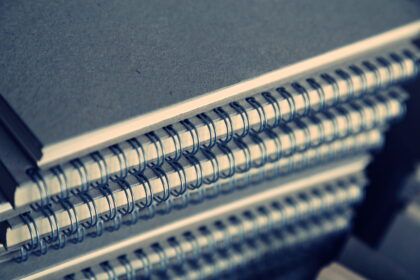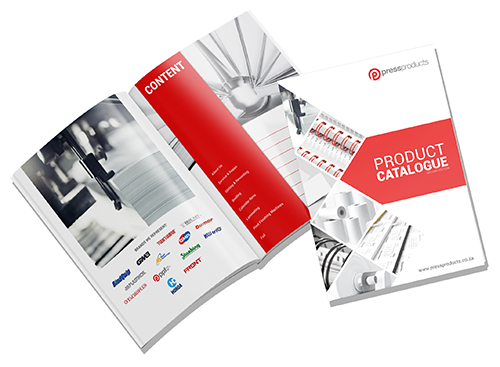
In the world of print, binding serves as the backbone of presenting and preserving content in various forms, from books and magazines to marketing materials and reports. Selecting the right binding option is crucial, as it not only impacts the aesthetics of your print but also influences its durability and functionality. With a multitude of binding methods available, each offering distinct advantages and suitability for different purposes, navigating the options can be overwhelming. This article aims to guide you through the process of choosing the perfect binding option for your print project.
Understanding Your Needs
Before delving into specific binding methods, it’s essential to assess your project’s requirements and objectives. Consider factors such as:
- Functionality: Determine how the printed material will be used. Is it a book meant for frequent reference and handling, or a brochure intended for a one-time read?
- Aesthetics: Reflect on the desired visual appeal and presentation of your print. Are you aiming for a sleek and professional look, or a creative and eye-catching design?
- Budget: Evaluate your budget constraints and the cost-effectiveness of different binding options.
By understanding these aspects, you can narrow down your choices and make informed decisions tailored to your specific needs.
Exploring Binding Options
- Saddle Stitching: Ideal for booklets, brochures, and magazines with a lower page count, saddle stitching involves stapling sheets together along the fold line. It’s cost-effective, offers a clean and professional finish, and allows the printed material to lie flat when opened. However, it’s not suitable for thick or heavyweight publications.
- Perfect Binding: Commonly used for paperback books and thicker publications, perfect binding involves gluing the pages to a wrap-around cover. It provides a polished and professional appearance, with the flexibility to accommodate varying spine widths. Perfect binding offers durability and allows for printing on the spine for easy identification on shelves.
- Plastikoil Binding: Also known as coil binding, Plastikoil binding involves inserting a plastic or metal coil through evenly spaced holes along the edge of the printed material. It allows for 360-degree page rotation and lays flat when opened, making it suitable for manuals, notebooks, and presentations. Plastikoil binding offers durability and is customizable in terms of color and size.
- Twin Wire Binding: Similar to Plastikoil binding, Twin Wire binding uses a double-loop wire inserted through punched holes along the edge of the print. It provides a professional and premium appearance, with the option for additional features such as hard covers and tabs. Twin Wire binding allows for easy page turning and lays flat when opened, making it ideal for calendars, journals, and reports.
- Case Binding: Commonly used for hardcover books and premium publications, case binding involves sewing or gluing the printed pages into a hardcover casing. It offers durability, longevity, and a sophisticated appearance, making it suitable for special editions, coffee table books, and archival materials.
Making the Decision
When selecting the perfect binding option for your print project, consider the following factors:
- Purpose and Usage: Choose a binding method that aligns with how the printed material will be used and handled.
- Appearance: Opt for a binding option that enhances the visual appeal and professionalism of your print.
- Durability: Prioritize durability and longevity, especially for materials that will undergo frequent handling or require long-term preservation.
- Budget: Balance cost considerations with the desired quality and functionality of the binding method.
By carefully evaluating these factors and exploring the diverse range of binding options available, you can confidently choose the perfect binding solution to bring your print project to life. Whether it’s a sleek brochure, a sturdy manual, or an elegant hardcover book, the right binding choice will ensure your printed material leaves a lasting impression.



You must be logged in to post a comment.